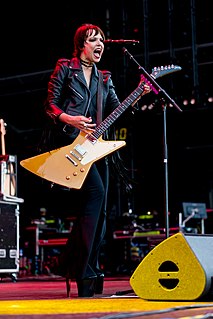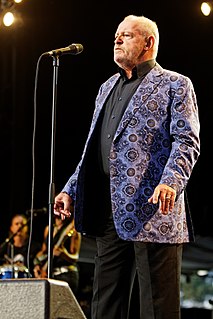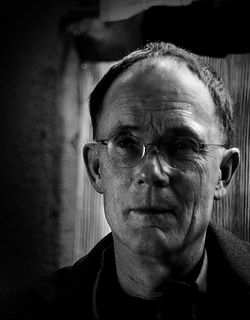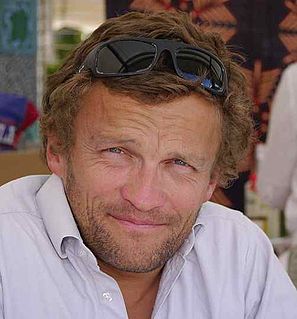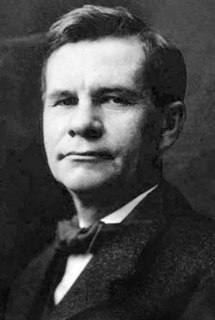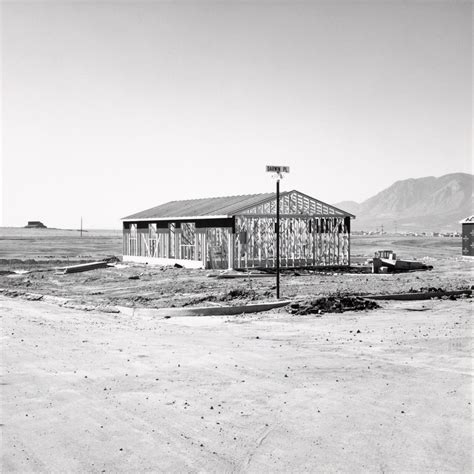A Quote by Linda McCartney
I had daydreams and fantasies when I was growing up. I always wanted to live in a log cabin at the foot of a mountain. I would ride my horse to town and pick up provisions. Then return to the cabin, with a big open fire, a record player and peace.
Related Quotes
After the satyrs filed in to dinner, the Hermes cabin brought up the rear. They were always the biggest cabin. Last summer it had been led by Luke, the guy who fought with Thalia and Annabeth on top of Half-Blood Hill. For a while, before Poseidon had claimed me, I'd lodged in the Hermes cabin. Luke had befriended me...and then he'd tried to kill me.
I was born in a little town called Lund in British Columbia. It's like a fishing village. My parents were hippies. They tried to live off the land, so I grew up in a log cabin, and we didn't get running water until I was 4. The next year, we got electricity. Then we moved to the city, Victoria, British Columbia, so I could go to school.
Edward Abbey said you must brew your own beer; kick in you Tee Vee; kill your own beef; build your cabin and piss off the front porch whenever you bloody well feel like it. I already had a good start. As a teenager in rural Maine, after we came to America, I had learned hunting, fishing, and trapping in the wilderness. My Maine mentors had long ago taught me to make home brew. I owned a rifle, and I'd already built a log cabin. The rest should be easy. I thought I'd give it a shot.
There are elements of intrinsic beauty in the simplification of a house built on the log cabin idea. First, there is the bare beauty of the logs themselves with their long lines and firm curves. Then there is the open charm felt of the structural features which are not hidden under plaster and ornament, but are clearly revealed, a charm felt in Japanese architecture....The quiet rhythmic monotone of the wall of logs fills one with the rustic peace of a secluded nook in the woods.


